In the world of sports, athletes frequently undergo intense physical movements involving acceleration, deceleration, change of direction, and re-acceleration. These movements subject their bodies to significant inertial forces, which can have detrimental effects if the athlete lacks appropriate levels of isometric muscle strength and rate of isometric force development. Understanding the risks associated with inadequate isometric strength is crucial for optimizing performance and preventing injuries.
Inertia, a property of matter, refers to the tendency of an object to resist changes in its state of motion. When athletes accelerate, decelerate, change direction, or re-accelerate, their bodies experience inertial effects. During acceleration, the body's mass resists changes in its velocity, causing stress on various body segments. Similarly, when decelerating or changing direction, the body experiences shear forces, creating strain on joints, tendons, and ligaments.
Insufficient isometric muscle strength and rate of force development pose multiple risks for athletes. Firstly, the inability to overcome inertial effects can result in reduced performance as athletes struggle to generate the necessary force for efficient movement. In addition, inadequate isometric strength raises the likelihood of musculoskeletal injuries such as sprains, strains, and tears. During abrupt changes in movement, shearing forces can overload and damage tissues, especially when the muscles fail to provide adequate stability and support. It's important to note that non-contact ACL injuries in sports stem from the failure of the muscles supporting the hip, knee, and ankle to rapidly produce isometric force to prevent an unwanted shearing force across the knee joint.
Isophit helps athletes develop the necessary isometric strength and force production capabilities necessary to combat the negative effects of inertia and the shearing forces they often create. This increased strength aids in stabilizing joints, controlling body segments during acceleration and deceleration, and reducing shearing forces on the body.
Inertia plays a significant role in sports, and the effects it has on the body during acceleration, deceleration, change of direction, and re-acceleration can be detrimental to athletes. Without appropriate levels of isometric muscle strength and rate of isometric force development, athletes are at a higher risk of reduced performance and musculoskeletal injuries. Isophit training provides a solution by improving an athlete's ability to generate isometric muscle tension. By strengthening the muscles and enhancing force production, Isophit helps athletes overcome the inertial effects on their body segments and minimizes the shearing forces that can lead to injury. Incorporating Isophit into training regimens can contribute to better performance, injury prevention, and overall athletic success.
A huge shoutout to Bobby Kaleal and his team at Spire Academy. It’s an honour to have you as a member of the Isophit family.
If you have any questions regarding the article or would like to learn more about Isophit and its benefits for improving athletic performance, please visit our website www.isophit.com or feel free to email me at brad@isophit.com.
Yours in Isometric Strength,
Brad Thorpe
CEO / Inventor
Isophit

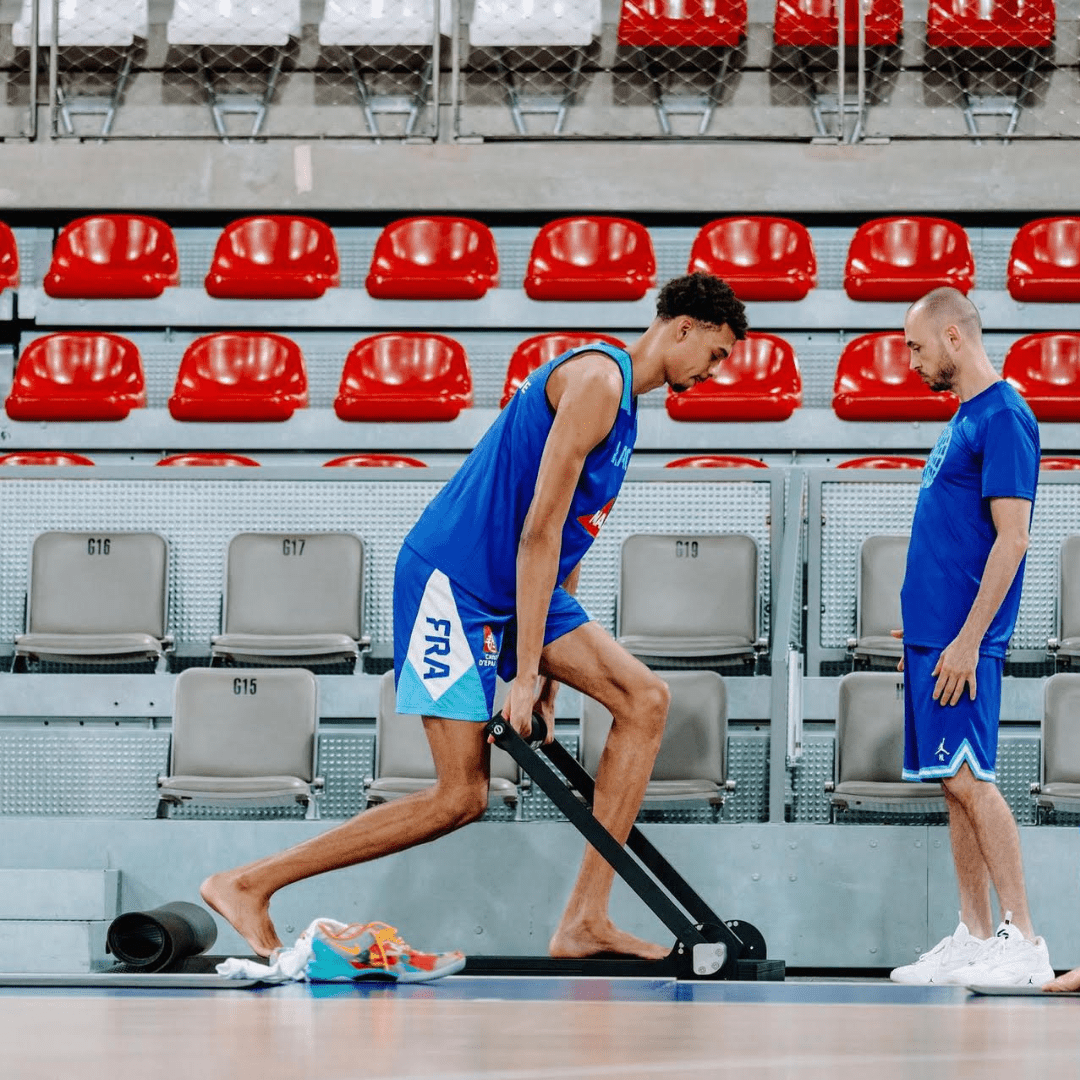
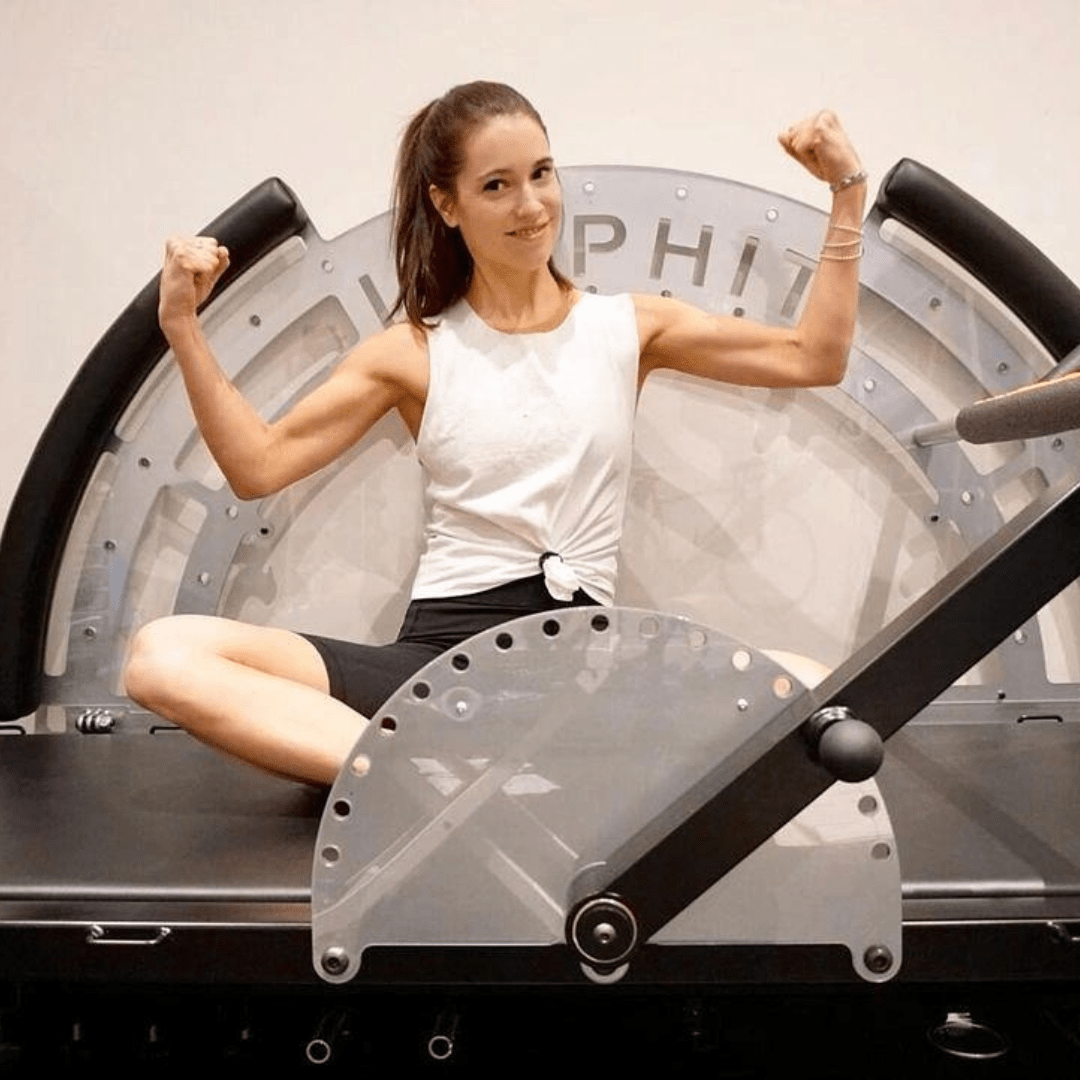

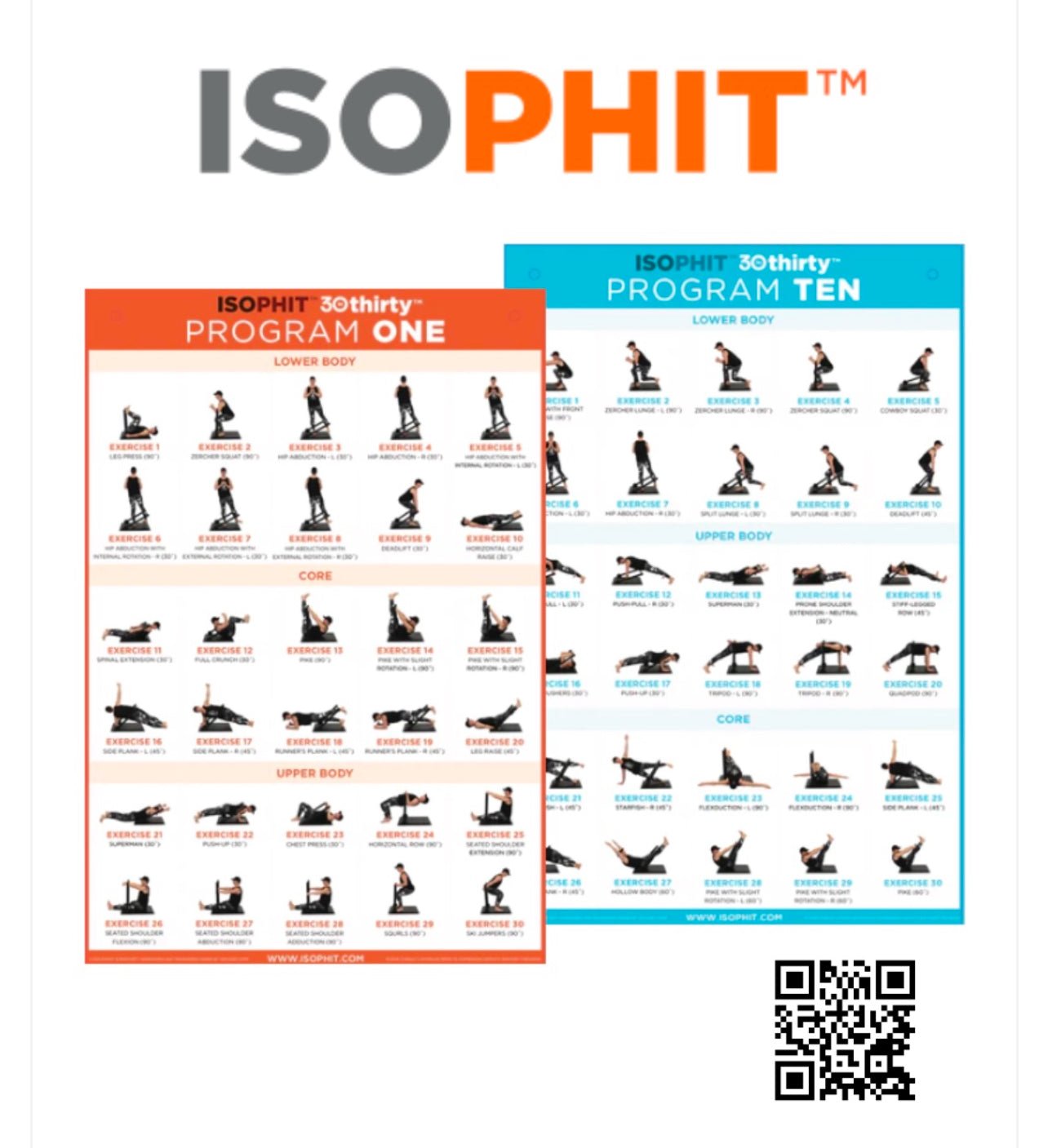
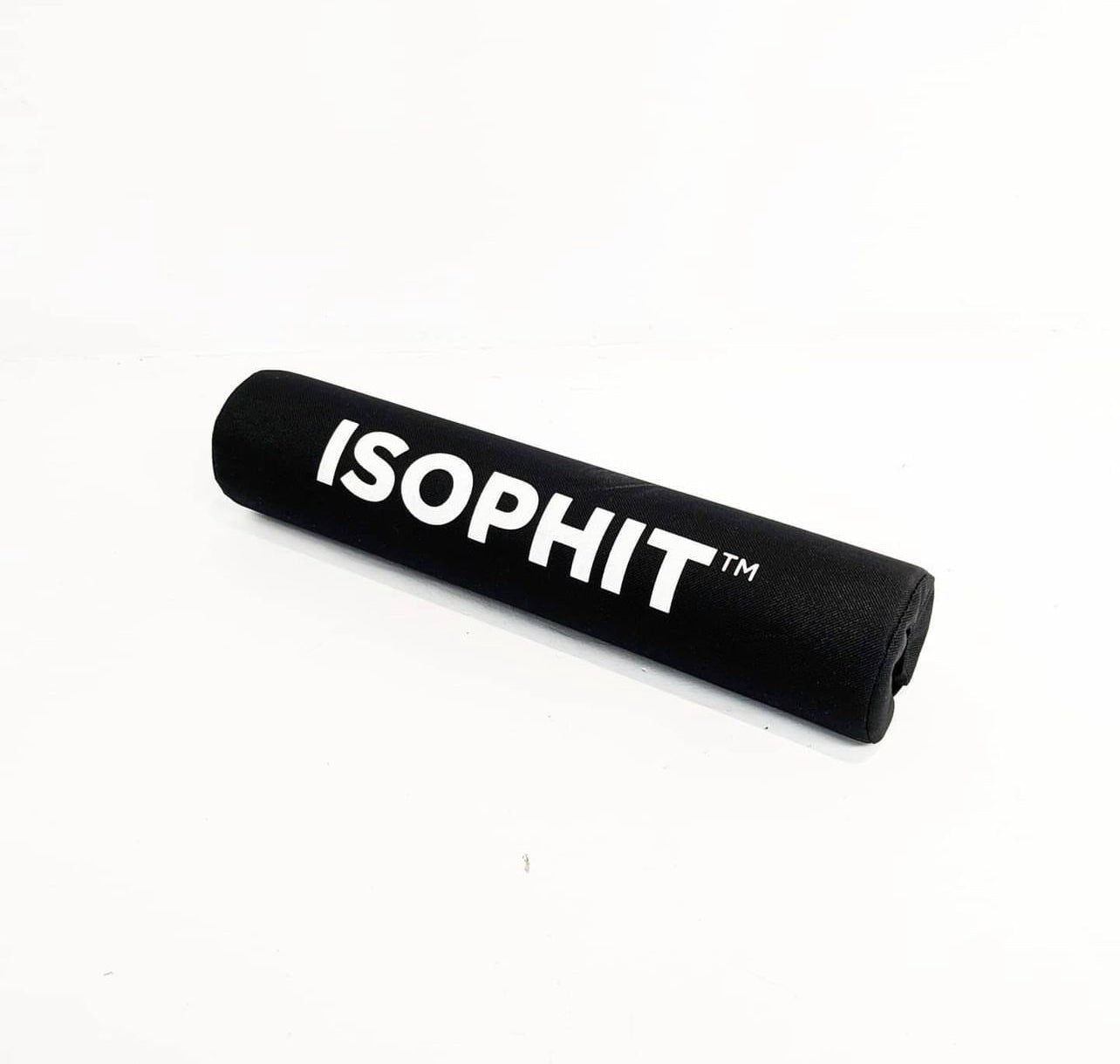
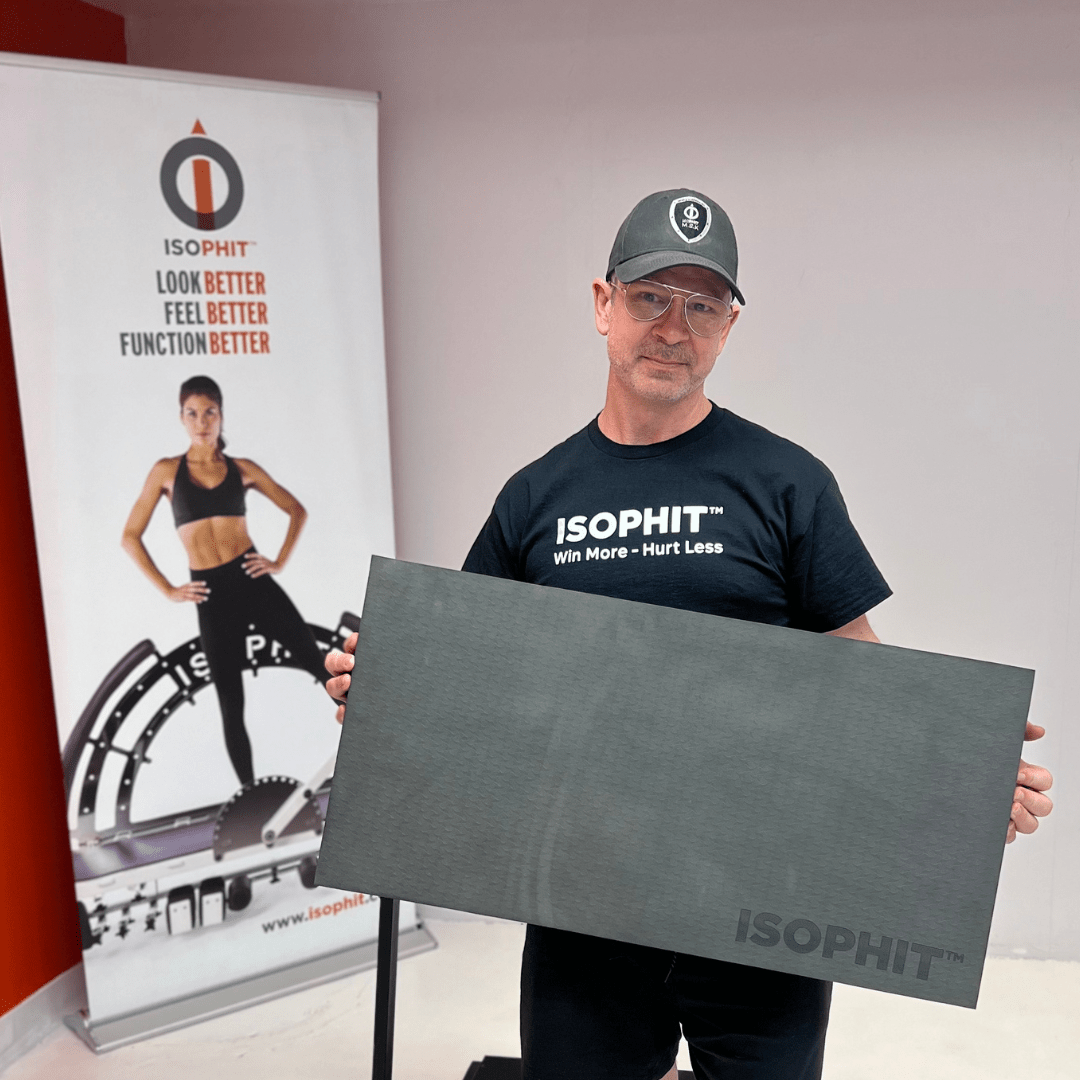
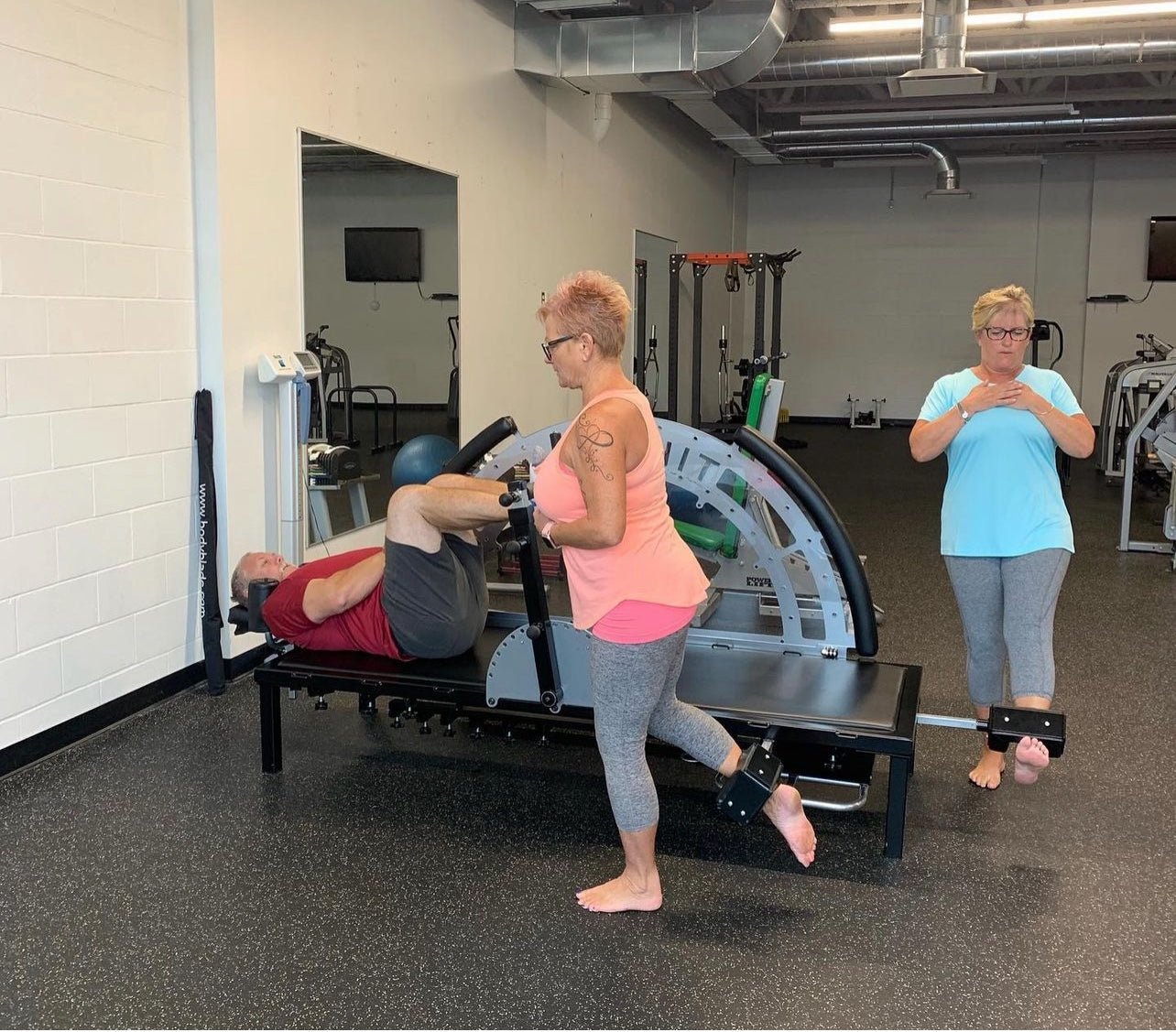
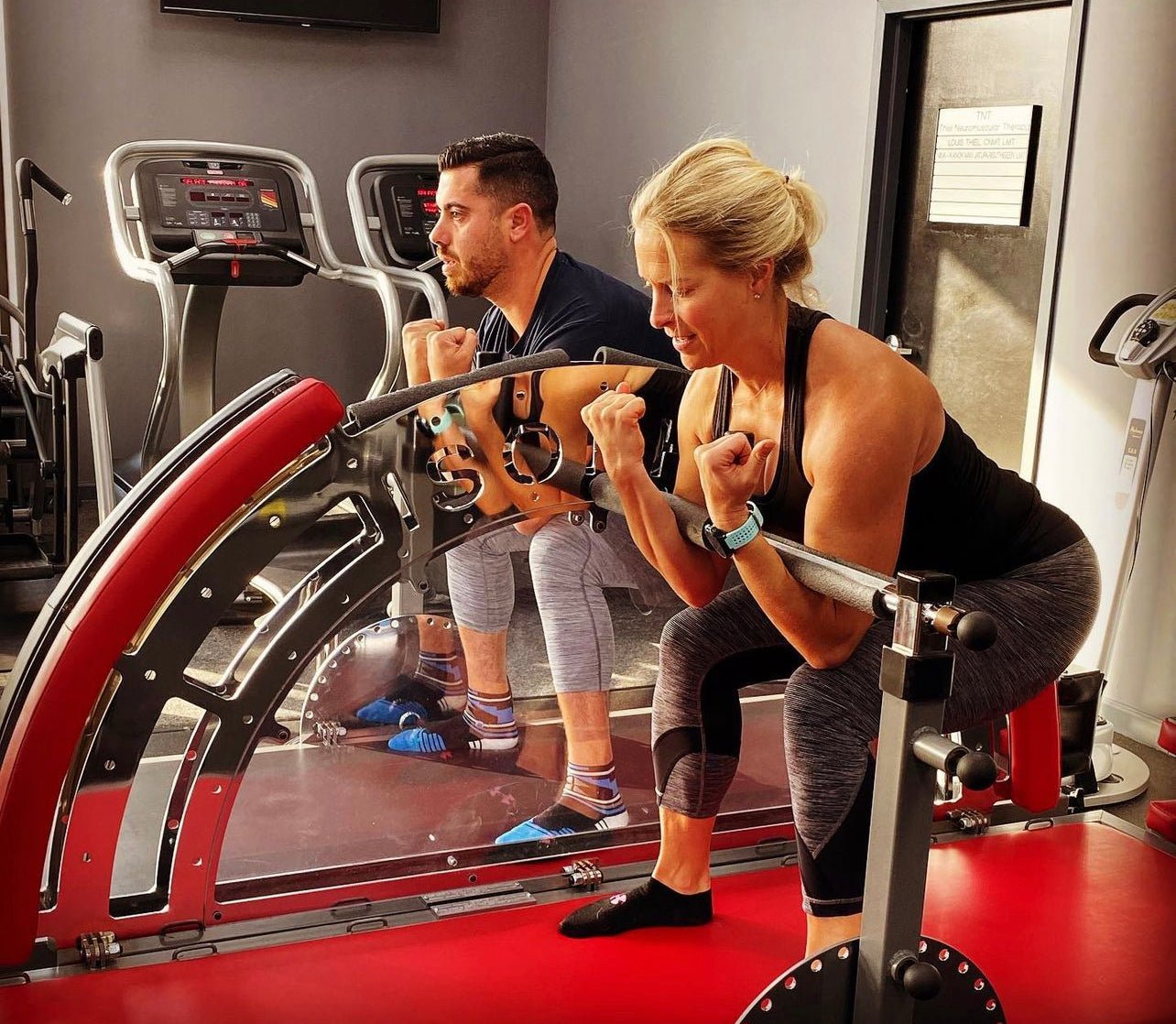
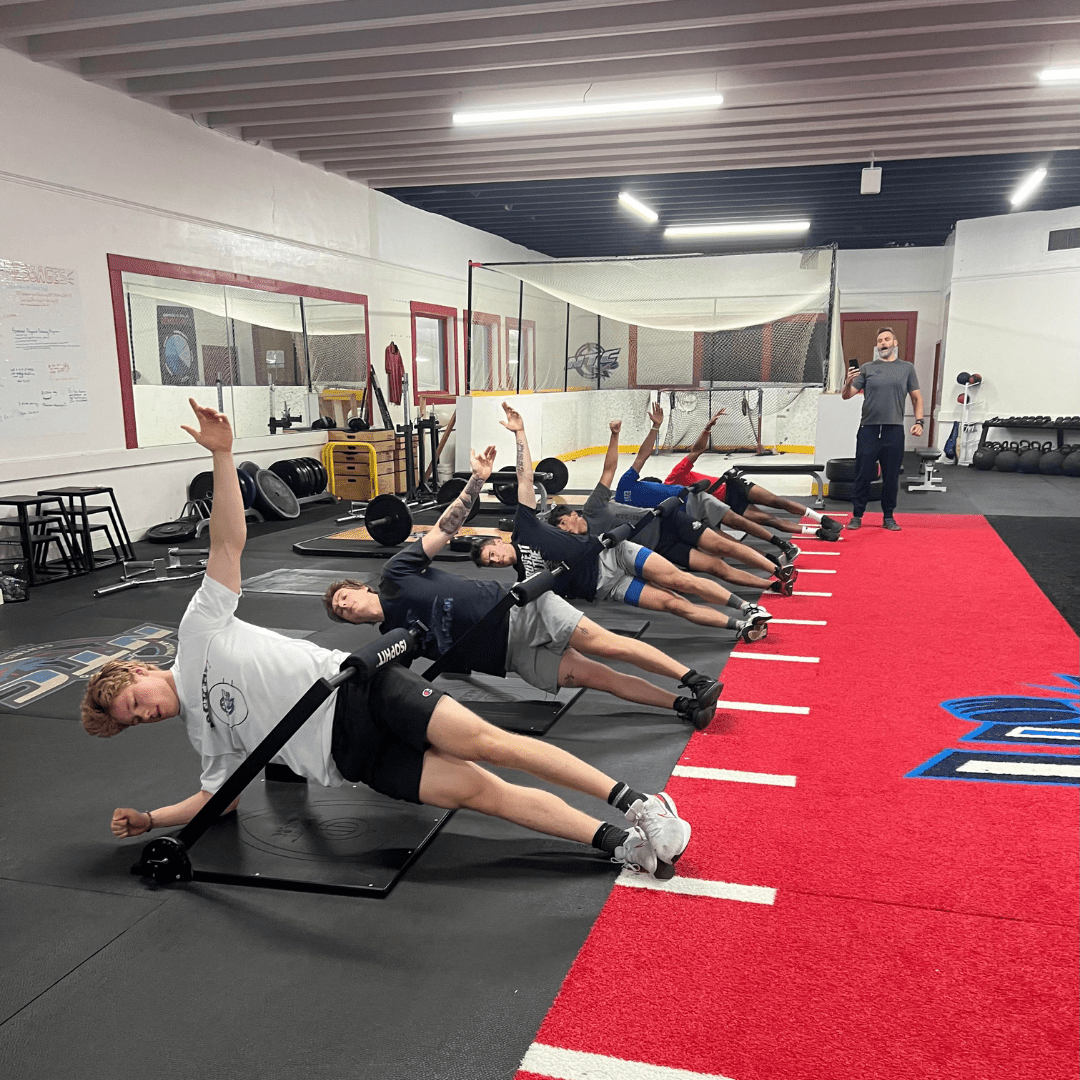
Share:
Isophit: Lazy Language is the Primary Cause of All “Hamstring” Injuries.
Isophit: Serving Up Aces.